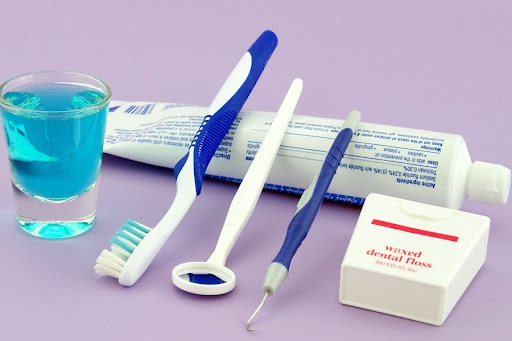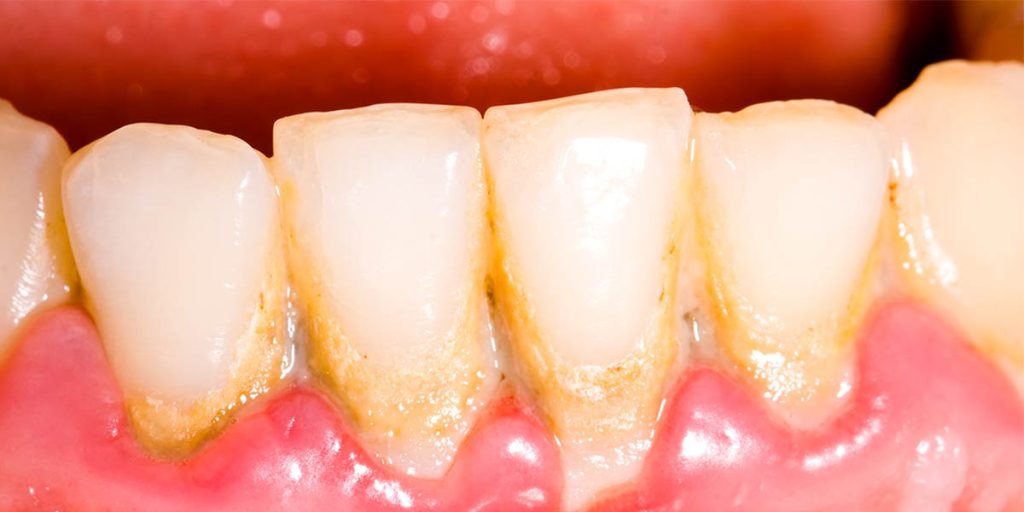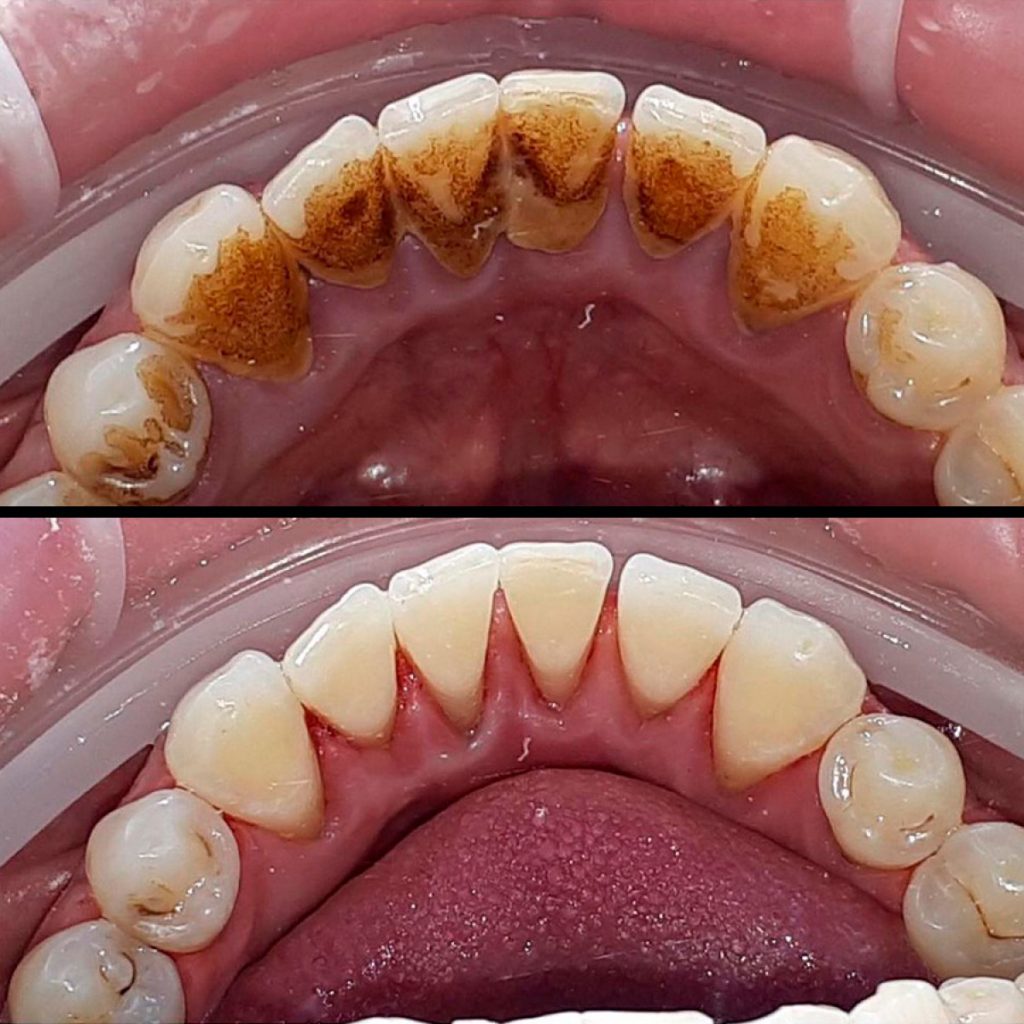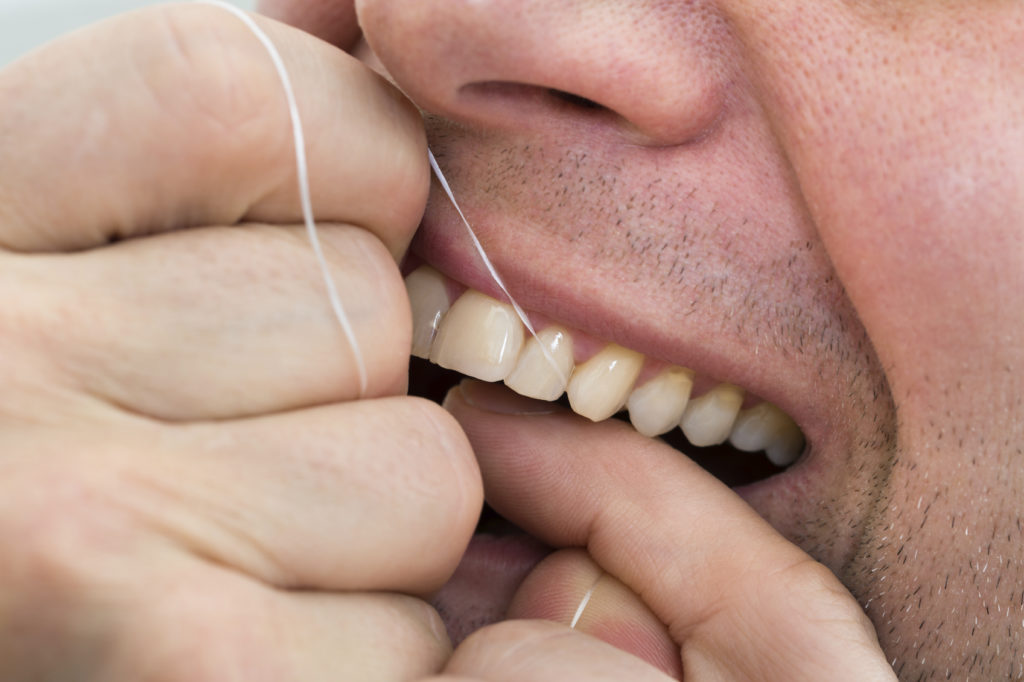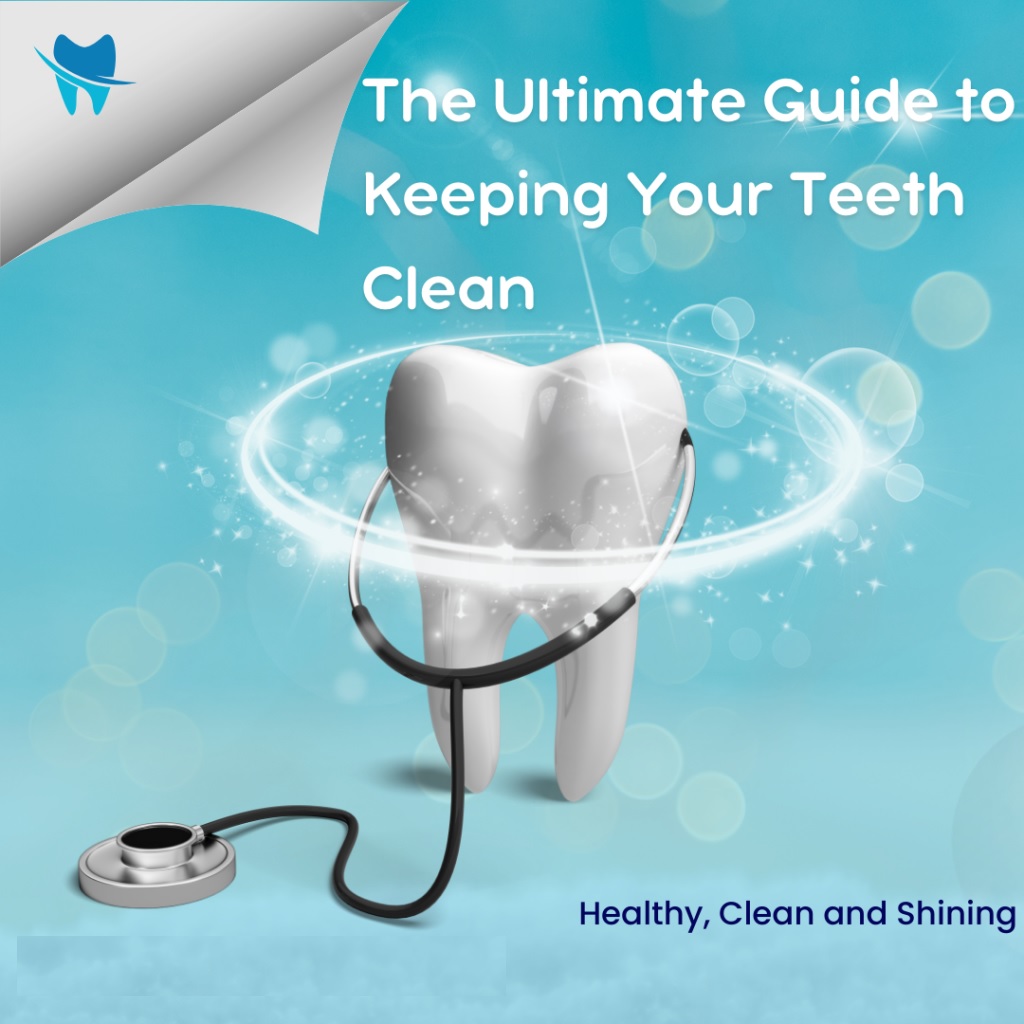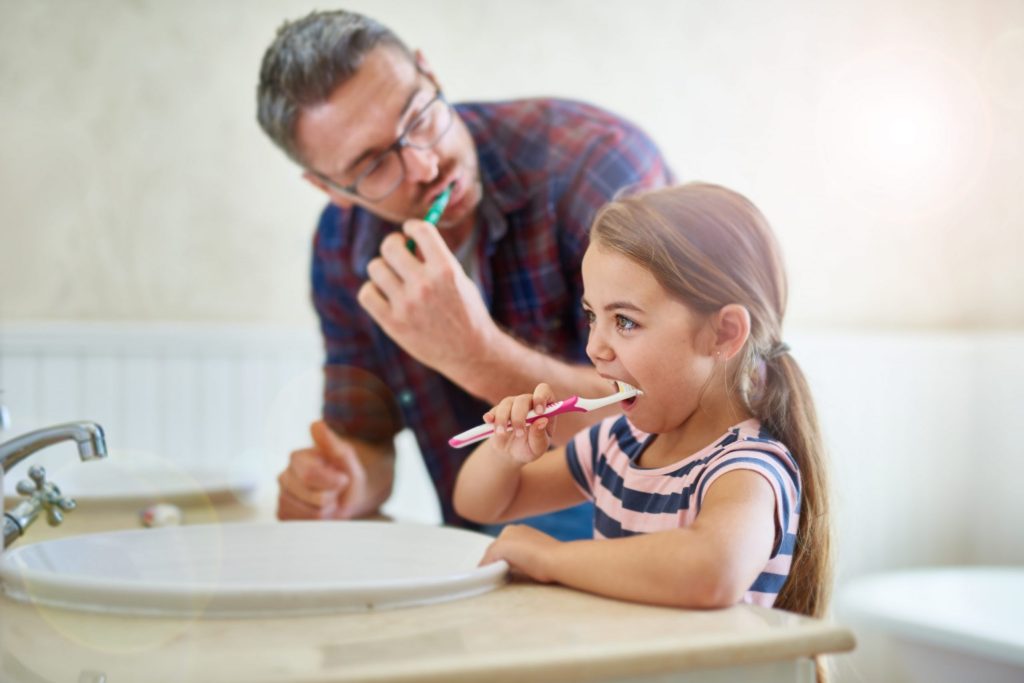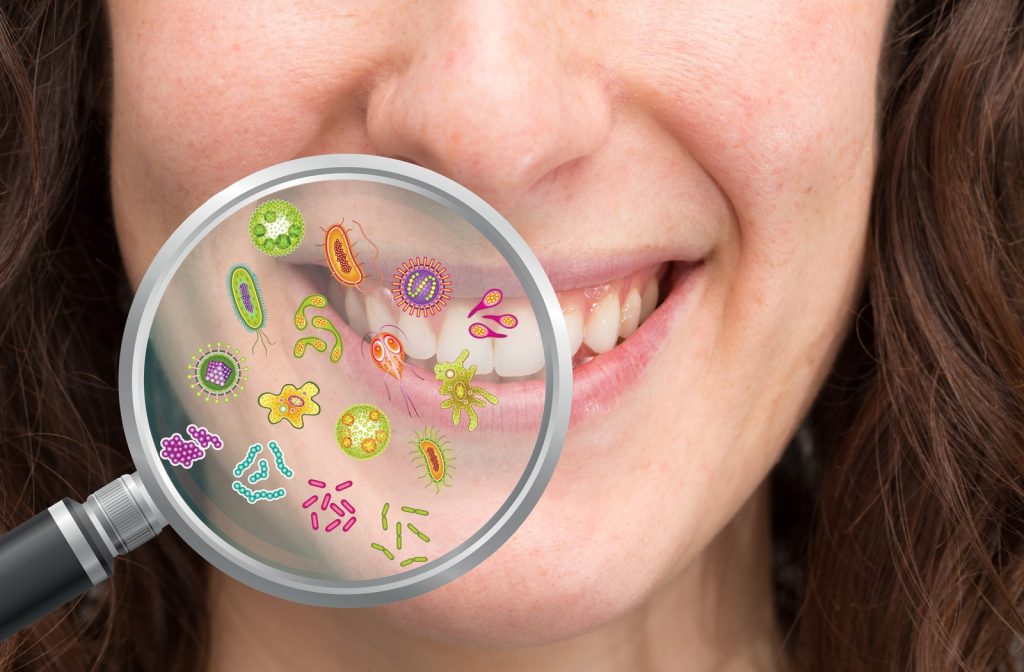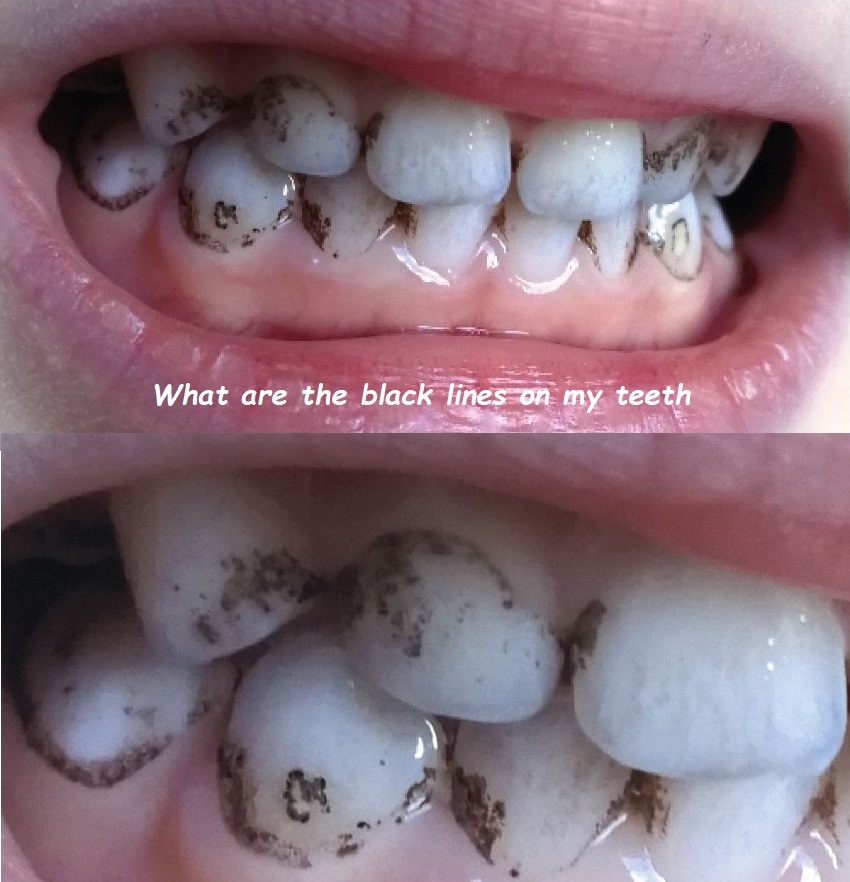how much toothpaste should you use
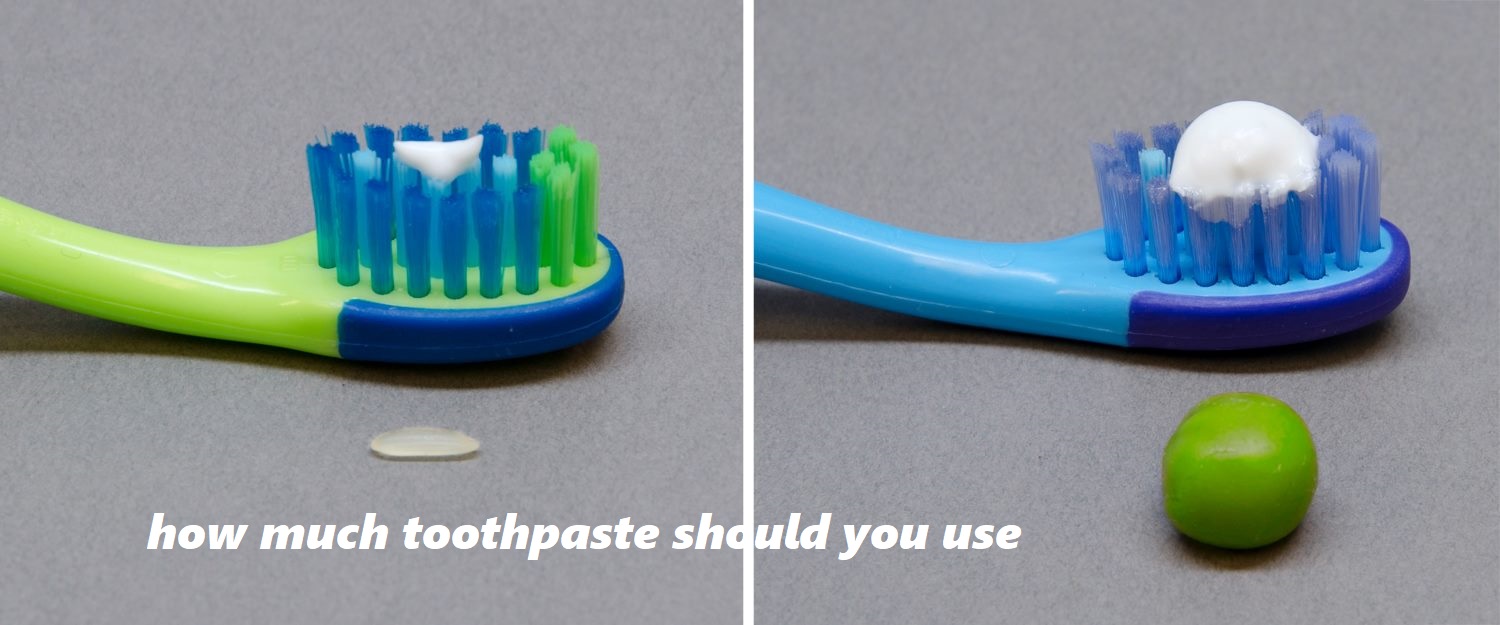
How Much Toothpaste Should You Use: A Comprehensive Guide
Oral hygiene is a crucial aspect of overall health, and one of the fundamental practices for maintaining it is brushing your teeth. While most people are familiar with the need to brush twice daily, the amount of toothpaste to use is often less clearly understood. This guide delves deeply into the question: how much toothpaste should you use? We will explore the recommendations from dental professionals, the reasoning behind these guidelines, and the implications of using too much or too little toothpaste.
The Importance of Proper Toothpaste Usage
Toothpaste plays a vital role in oral hygiene. It helps to remove plaque, prevent tooth decay, and freshen breath. The active ingredients in toothpaste, such as fluoride, provide essential protection against cavities by strengthening tooth enamel. However, using the correct amount of toothpaste is critical to maximizing these benefits while avoiding potential drawbacks.
General Recommendations for Toothpaste Quantity
Adults
For adults, the general recommendation is to use a pea-sized amount of toothpaste. This quantity is sufficient to clean the teeth effectively while minimizing waste. Using more than this amount does not enhance the cleaning process but can lead to unnecessary ingestion of toothpaste, which contains fluoride and other chemicals.
Children
For children, the recommendations differ based on age:
- Under Three Years: A smear of toothpaste about the size of a grain of rice is advised. This minimal amount helps to introduce children to the habit of brushing without the risk of excessive fluoride ingestion, which can lead to dental fluorosis.
- Three to Six Years: A pea-sized amount of toothpaste is recommended. At this age, children are typically better at spitting out toothpaste rather than swallowing it, reducing the risk of fluorosis while ensuring adequate cleaning.
Why the Amount of Toothpaste Matters
Fluoride Intake
Fluoride is a key ingredient in toothpaste that helps to prevent cavities. However, excessive ingestion of fluoride, particularly in children, can lead to dental fluorosis. This condition causes discoloration and mottling of the teeth. By using the recommended amount of toothpaste, you ensure that you get the protective benefits of fluoride without the risk of overexposure.
Effective Cleaning
Using the right amount of toothpaste ensures that the brushing process is effective. A pea-sized amount is enough to cover the bristles of the toothbrush and allow for thorough cleaning of all tooth surfaces. Too much toothpaste can create excess foam, making it difficult to see the teeth clearly and possibly leading to less effective brushing.
Practical Tips for Using the Right Amount of Toothpaste
- Measure It Out: When starting out, take the time to measure the toothpaste to get a sense of the appropriate amount. This will help in forming a habit of using the correct quantity.
- Supervise Children: For parents, supervising young children during brushing is essential. Ensure they use the right amount and teach them to spit out the toothpaste after brushing.
- Use a Fluoride Toothpaste: Ensure the toothpaste you use contains fluoride unless otherwise directed by a dentist. Fluoride is crucial for preventing tooth decay.
- Replace Toothbrush Regularly: A frayed toothbrush does not clean effectively. Replace your toothbrush every three to four months, or sooner if the bristles are frayed.
The Science Behind Toothpaste Amount Recommendations
Studies and Research
Research has shown that the amount of toothpaste used can significantly impact oral health outcomes. Studies indicate that using a pea-sized amount of fluoride toothpaste provides optimal protection against cavities without the risk of fluorosis. The American Dental Association (ADA) and other dental organizations base their guidelines on such research to ensure the public receives clear and effective advice.
Fluoride Content
The fluoride content in toothpaste is carefully regulated. Most adult toothpaste contains between 1000 to 1500 ppm (parts per million) of fluoride. This concentration is effective in preventing cavities when used correctly. For children, fluoride toothpaste usually contains a lower concentration to further minimize the risk of fluorosis while still providing cavity protection.
The Role of Toothbrush Type and Brushing Technique
Toothbrush Type
The type of toothbrush you use can also influence how much toothpaste you need. A toothbrush with a small head and soft bristles is typically more effective at cleaning teeth and can hold the recommended pea-sized amount of toothpaste adequately. Electric toothbrushes often come with smaller heads, making them well-suited for using the correct amount of toothpaste.
Brushing Technique
Proper brushing technique is crucial for effective cleaning. Here’s a quick refresher on the recommended technique:
- Angle the Brush: Hold the toothbrush at a 45-degree angle to the gums.
- Gentle Strokes: Use gentle, circular motions to brush the outer and inner surfaces of the teeth.
- Chewing Surfaces: Use a back-and-forth motion on the chewing surfaces.
- Two Minutes: Brush for at least two minutes, ensuring you cover all areas of the mouth.
- Don’t Forget the Tongue: Brush your tongue to remove bacteria and freshen breath.
Common Myths About Toothpaste Usage
More Toothpaste Equals Better Cleaning
A common misconception is that using more toothpaste results in better cleaning. In reality, the mechanical action of brushing is what cleans teeth, while toothpaste provides additional benefits like fluoride. Using more than the recommended amount does not enhance cleaning effectiveness and can lead to unnecessary fluoride ingestion.
Whitening Toothpastes Need More Product
Some people believe that using extra whitening toothpaste will produce faster results. However, whitening toothpaste contains abrasive agents that can wear down enamel if overused. Sticking to the recommended amount protects your teeth from damage while still providing whitening benefits over time.
Addressing Specific Oral Health Concerns
Sensitive Teeth
For those with sensitive teeth, using a specially formulated toothpaste is essential. These toothpastes often contain ingredients like potassium nitrate or stannous fluoride that help to reduce sensitivity. It’s still important to use only a pea-sized amount to avoid irritation and maximize the benefits of these ingredients.
Gum Health
If you are concerned about gum health, look for toothpaste designed to promote gum health, which often contains antibacterial agents. Again, a pea-sized amount is sufficient to deliver these agents effectively while brushing.
The Environmental Impact of Toothpaste Usage
Using the correct amount of toothpaste is not only beneficial for your oral health but also for the environment. Overuse of toothpaste leads to increased plastic waste from empty tubes and higher water usage to rinse out excess toothpaste. By adhering to the recommended amount, you contribute to reducing waste and conserving resources.
Conclusion
Understanding how much toothpaste should you use is a crucial aspect of maintaining optimal oral hygiene. By following the guidelines of a pea-sized amount for adults and age-appropriate amounts for children, you ensure effective cleaning and cavity prevention without the risks associated with excessive fluoride intake. Remember that the type of toothpaste, toothbrush, and your brushing technique all play significant roles in your oral health routine. By being mindful of these factors, you can achieve and maintain a healthy smile while also making environmentally conscious choices.
1. Is it OK to use too much toothpaste?
Using too much toothpaste is generally not recommended. Here’s why:
- Fluoride Overexposure: Excessive toothpaste can lead to fluoride overexposure, especially in children, which can cause dental fluorosis—a condition that affects the appearance of enamel.
- Foaming and Rinsing: Using too much toothpaste can create excessive foam, leading to premature rinsing and reduced brushing time, which can negatively impact cleaning effectiveness.
- Cost Inefficiency: It’s also wasteful, as the recommended amount is usually sufficient for effective cleaning.
For adults, a pea-sized amount of toothpaste is generally sufficient. For children under three years old, a smear the size of a grain of rice is recommended.
2. Is it good to use a lot of toothpaste?
Using a lot of toothpaste is not beneficial and can have some drawbacks:
- Enamel Damage: Excessive use of abrasive toothpaste can lead to enamel wear over time.
- Ineffective Brushing: More toothpaste can result in too much foam, causing some people to spit and rinse too soon, reducing the thoroughness of brushing.
- Health Risks: Ingesting large amounts of toothpaste, particularly those containing fluoride, can be harmful.
Stick to the recommended pea-sized amount for optimal results without the negative side effects.
3. Can you use too little toothpaste?
Using too little toothpaste may also be ineffective for proper oral hygiene:
- Fluoride Insufficiency: Fluoride is essential for strengthening enamel and preventing cavities. Using too little toothpaste may not provide enough fluoride to protect the teeth effectively.
- Reduced Cleaning Power: Insufficient toothpaste may not adequately cover all tooth surfaces, leading to less effective plaque and bacteria removal.
While it’s crucial not to overuse toothpaste, ensuring enough is used to reap the full benefits of fluoride and cleaning agents is important.
4. Can I use toothpaste 3 times a day?
Brushing three times a day can be beneficial, but there are some considerations:
- Enamel Wear: Over-brushing, especially with a hard-bristled brush or abrasive toothpaste, can lead to enamel wear and gum recession. Ensure you use a soft-bristled brush and gentle technique.
- Comprehensive Oral Care: While brushing after each meal can help remove food particles and reduce the risk of plaque buildup, it’s also important to floss daily and use mouthwash if recommended by your dentist.
Brushing three times a day is generally safe and can be beneficial, especially for those prone to plaque buildup or consuming a diet high in sugary or acidic foods. Always consult with your dentist to tailor your oral hygiene routine to your specific needs.
1. How much toothpaste is correct?
The correct amount of toothpaste varies by age:
- Adults: A pea-sized amount of toothpaste is sufficient for effective cleaning and to provide the necessary fluoride protection.
- Children (under three years old): A smear the size of a grain of rice is recommended to minimize the risk of swallowing too much fluoride, which can lead to dental fluorosis.
Using the right amount ensures adequate fluoride for cavity prevention without unnecessary waste or risk of overexposure.
2. How much toothpaste per day?
The amount of toothpaste you use per day depends on how often you brush:
- Twice Daily Brushing: Using the recommended pea-sized amount each time you brush means you’ll use approximately two pea-sized amounts of toothpaste per day.
- Thrice Daily Brushing: If you brush three times a day, you’ll use about three pea-sized amounts per day.
Consistent use of the correct amount during each brushing session ensures effective cleaning and fluoride protection without excess.
3. Is it better to wet toothpaste?
Wetting toothpaste before brushing is a matter of personal preference, but here are some considerations:
- Pros: Wetting the toothpaste can help it foam more easily and spread more smoothly across your teeth.
- Cons: Some believe that wetting the toothbrush or toothpaste too much can dilute the toothpaste, reducing its effectiveness.
If you prefer wetting your toothpaste, lightly wetting it can make brushing more comfortable without significantly impacting its effectiveness.
4. Should I rinse after brushing?
Dentists generally advise against rinsing immediately after brushing. Here’s why:
- Fluoride Contact Time: Rinsing can wash away the fluoride in toothpaste, reducing its ability to strengthen enamel and prevent cavities.
- Maximum Benefit: Spitting out excess toothpaste without rinsing allows the fluoride to remain on your teeth longer, enhancing its protective benefits.
If you feel the need to rinse, consider using a fluoride mouthwash to maintain the benefits of fluoride exposure.
5. How to brush your teeth correctly?
Proper brushing technique is essential for maintaining good oral health. Follow these steps:
- Use the Right Toothbrush: Choose a soft-bristled toothbrush to avoid damaging your gums and enamel.
- Apply the Correct Amount of Toothpaste: Use a pea-sized amount for adults or a grain-of-rice-sized smear for children.
- Hold the Brush at a 45-degree Angle: Position the toothbrush at a 45-degree angle to your gums to clean both teeth and gumline effectively.
- Gentle Circular Motions: Brush using gentle circular motions rather than back-and-forth scrubbing to prevent enamel wear and gum recession.
- Two Minutes: Brush for at least two minutes, covering all surfaces of your teeth: outer, inner, and chewing surfaces.
- Brush Your Tongue: Gently brush your tongue to remove bacteria and freshen your breath.
- Spit, Don’t Rinse: Spit out the excess toothpaste without rinsing to allow the fluoride to stay on your teeth longer.
- Replace Your Toothbrush: Replace your toothbrush every three to four months, or sooner if the bristles are frayed.
By following these steps, you can ensure effective plaque removal, maintain healthy gums, and maximize the protective benefits of fluoride.
1. Is it OK to use cheap toothpaste?
Using inexpensive toothpaste is generally fine as long as it meets certain criteria:
- Fluoride Content: Ensure that the toothpaste contains fluoride, which is crucial for preventing cavities and strengthening enamel.
- ADA Seal: Look for the American Dental Association (ADA) Seal of Acceptance, which indicates the toothpaste has been tested for safety and effectiveness.
- Basic Cleaning: Even inexpensive toothpaste can effectively clean teeth and remove plaque when used with proper brushing techniques.
While some cheap toothpastes may lack additional features like whitening agents or sensitivity protection, they can still provide essential dental care if they meet these standards.
2. Can you brush with just water?
Brushing with just water is better than not brushing at all, but it is not as effective as using toothpaste. Here’s why:
- Plaque Removal: Water alone can help remove some food particles and debris, but it lacks the abrasives and cleaning agents in toothpaste that help remove plaque effectively.
- No Fluoride: Water does not provide fluoride, which is essential for protecting against cavities and strengthening enamel.
For optimal oral health, it’s best to use toothpaste that contains fluoride along with proper brushing techniques.
3. Can I brush without toothpaste?
Brushing without toothpaste can still help remove plaque and food particles, but it lacks certain benefits:
- Mechanical Cleaning: The physical act of brushing can help remove plaque and debris, but without toothpaste, you miss out on the additional cleaning power and fluoride protection.
- No Fluoride: Toothpaste provides fluoride, which is essential for preventing tooth decay and strengthening enamel.
- Fresh Breath: Toothpaste also helps freshen breath by reducing bacteria and providing a pleasant flavor.
While brushing without toothpaste is better than not brushing at all, using fluoride toothpaste is highly recommended for comprehensive oral care.
4. How to get whiter teeth?
Achieving whiter teeth involves a combination of good oral hygiene, dietary changes, and professional treatments:
- Good Oral Hygiene: Brush twice a day with fluoride toothpaste, floss daily, and use an antiseptic mouthwash.
- Whitening Toothpaste: Use whitening toothpaste that contains mild abrasives and bleaching agents like hydrogen peroxide or carbamide peroxide to help remove surface stains.
- Dietary Changes: Avoid foods and drinks that stain teeth, such as coffee, tea, red wine, and dark berries. Drink water after consuming staining substances.
- Professional Whitening: Consult your dentist for professional whitening treatments, such as in-office bleaching or custom take-home trays.
- Regular Dental Cleanings: Regular cleanings by your dentist can remove surface stains and plaque buildup that contribute to tooth discoloration.
Combining these methods can help you achieve and maintain a brighter smile.
5. Why do I have yellow teeth even though I brush?
Yellow teeth despite regular brushing can be due to several factors:
- Intrinsic Stains: These are stains within the tooth structure, often caused by factors like aging, certain medications, or excessive fluoride exposure during childhood.
- Enamel Wear: Thinning enamel due to aging or abrasive brushing can reveal the yellowish dentin underneath.
- Diet: Consuming staining foods and beverages like coffee, tea, wine, and certain fruits can cause yellowing over time.
- Smoking: Tobacco use can lead to significant tooth discoloration.
- Oral Hygiene: While brushing is essential, it might not be enough to remove all plaque and stains. Flossing and regular dental cleanings are also important.
Consult your dentist for a professional assessment and potential whitening options tailored to your specific needs.
6. Should you brush your tongue?
Yes, brushing your tongue is an important part of maintaining good oral hygiene. Here’s why:
- Bacteria Removal: The tongue can harbor bacteria, which can contribute to bad breath and plaque buildup.
- Fresh Breath: Removing bacteria and debris from your tongue can help improve breath freshness.
- Overall Oral Health: A clean tongue helps maintain a healthier oral environment, reducing the risk of dental issues.
To brush your tongue effectively, gently brush or scrape from the back to the front using your toothbrush or a tongue scraper. Doing this daily can significantly improve your oral hygiene.

